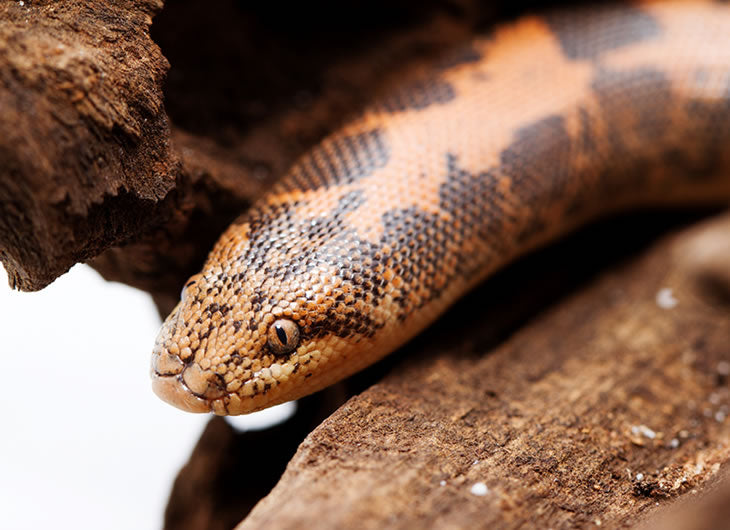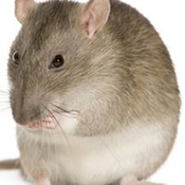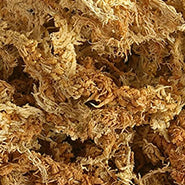Free Delivery
On order over £79*



Housing: a well ventilated, wooden vivarium

Heating: basking temperature of 88oF with ambient air temperature of 85oF

Diet: Carnivorous diet of mice

Decoration: A large open space with hides scattered throughout

Kenyan sand boas do best with a large terrestrial vivarium for their enclosure. This is because wood is an excellent insulator of heat and so a wooden vivarium will make it easier to control the crucial temperatures required inside the habitat. The wooden vivarium should have good ventilation to allow good air flow in and out of the enclosure.
Kenyan sand boas aren't very big so but they will need an enclosure large enough to maintain a warm end of 88of while still providing a cool side. For this reason we would advise a wooden vivarium at least 3ft wide.
Kenyan sand boas require a daytime temperature of 85oF with a basking spot of around 88oF. The best way to achieve this is to use a ceramic heat emitter on one side of the enclosure being controlled by either a pulse proportional or on/off thermostat. This will keep temperatures steady throughout the day and night whilst also creating a slight temperature gradient in the enclosure. A basking light can also be used but is not necessary, if one is introduced the temperature should not exceed 90F and the basking light should only be on for 10-12 consecutive hours per day. All basking lights and ceramic heat bulbs must be guarded to ensure the boa cannot come into contact with the bulb.
If a ceramic is being used as the sole heat source it is advisable to use LED lights to light the enclosure for 10-12 consecutive hours per day. This provides the boa with a good day/night cycle.
Temperatures should be monitored daily using a thermometer.
Whilst any loose substrate has the small potential to be accidentally swallowed, we have found this to not be a problem with coarse beech woodchips and that is what we keep our Kenyan sand boas on. It is also very easy to clean. This snake is quite fond of burrowing, if you would like a loose substrate to allow this we would recommend a fine sand.
It is essential to decorate a Kenyan sand boas vivarium and provide a couple of hiding areas. This will help the boa feel more secure and also allow it to use the entirety of it's enclosure confidently. The vivarium should be decorated with various pieces of wood and artificial plants to achieve this.
A Kenyan sand boa's diet consists of frozen thawed mice.While small the boa will be eating frozen mice roughly once a week. The size of the prey increases as the snake gets bigger starting with a pinky mouse.
Water should aways be available for both drinking and bathing. To achieve this we provide a bowl large enough for the snake to submerge itself inside on the cool end of the vivarium. Water should be changed daily to ensure it remains fresh.
If you keep a male and female together, they may breed. You do not need to do anything to encourage this, providing they are healthy and the conditions are good, it will happen naturally. You need to consider whether you want this to happen. What will you do with the babies?
A gravid female should have access to a nesting box to help her with the livebirth. We would usually use a plastic container containing soft moss like sphagnum moss. Once the babies have been born we would advise taking them from the enclosure and introducing them to a separate enclosures.
Sign up to the Reptile Centre newsletter so you don't miss out on all the latest offers and guides to give your pet the best they deserve






